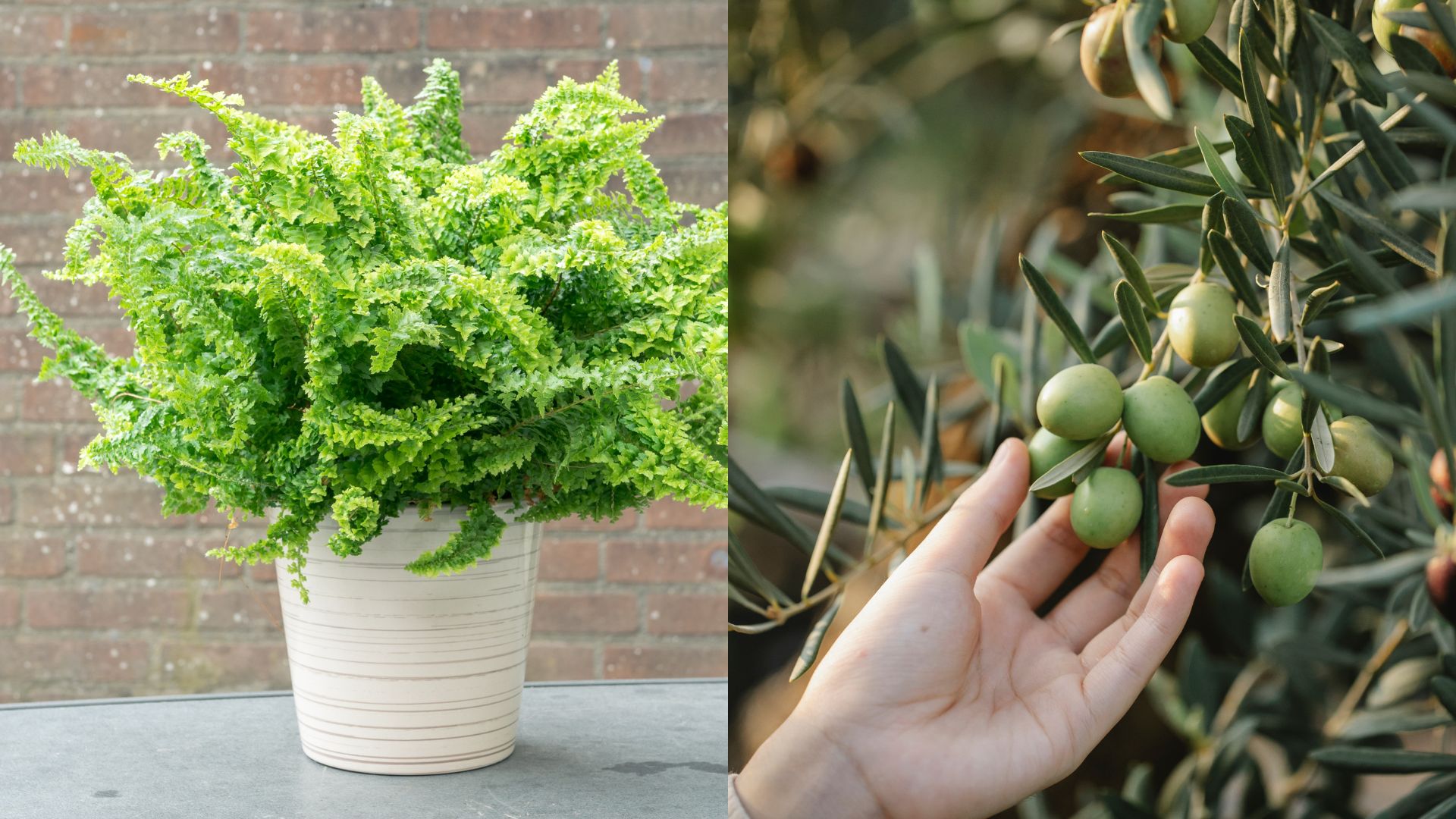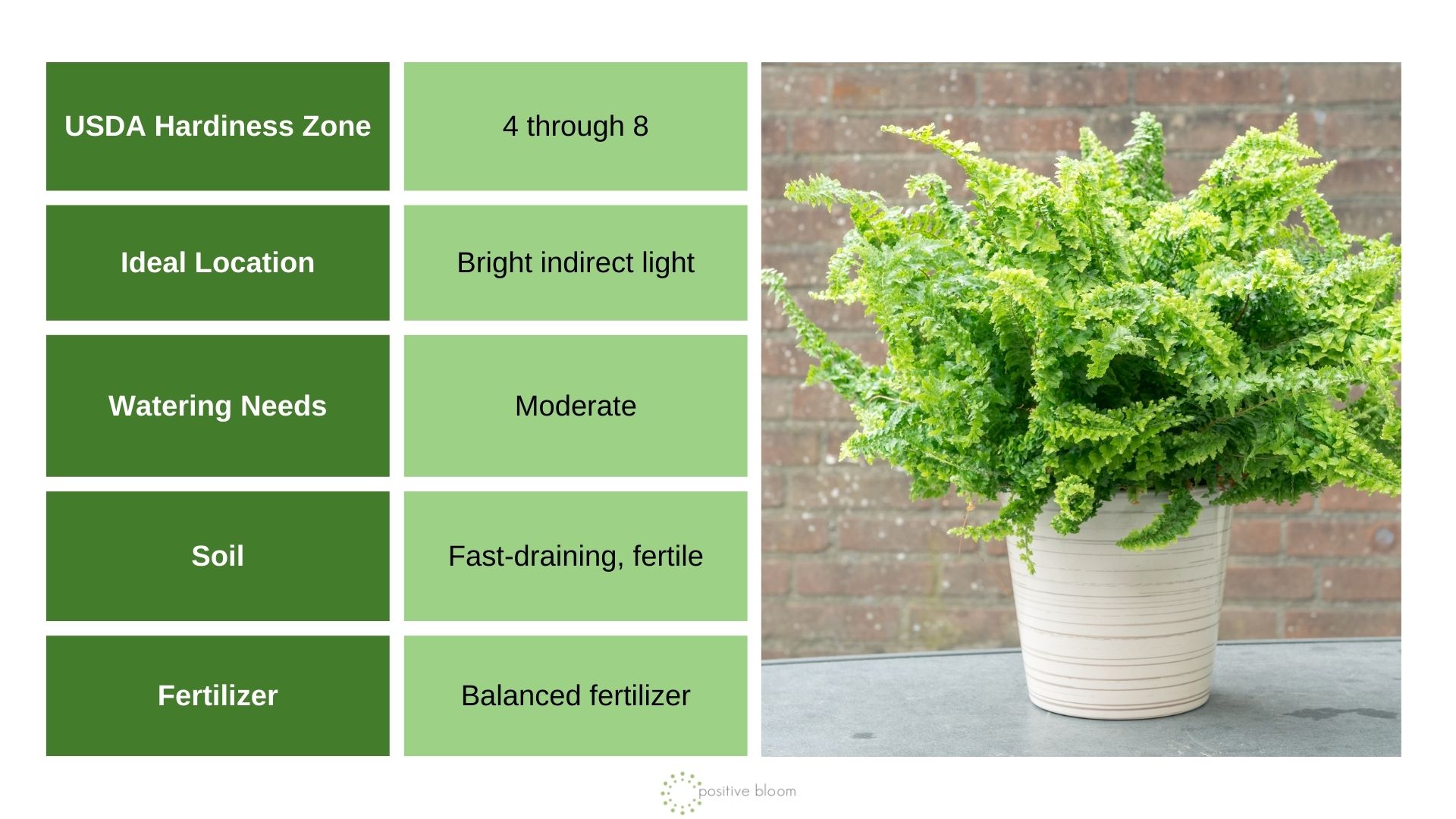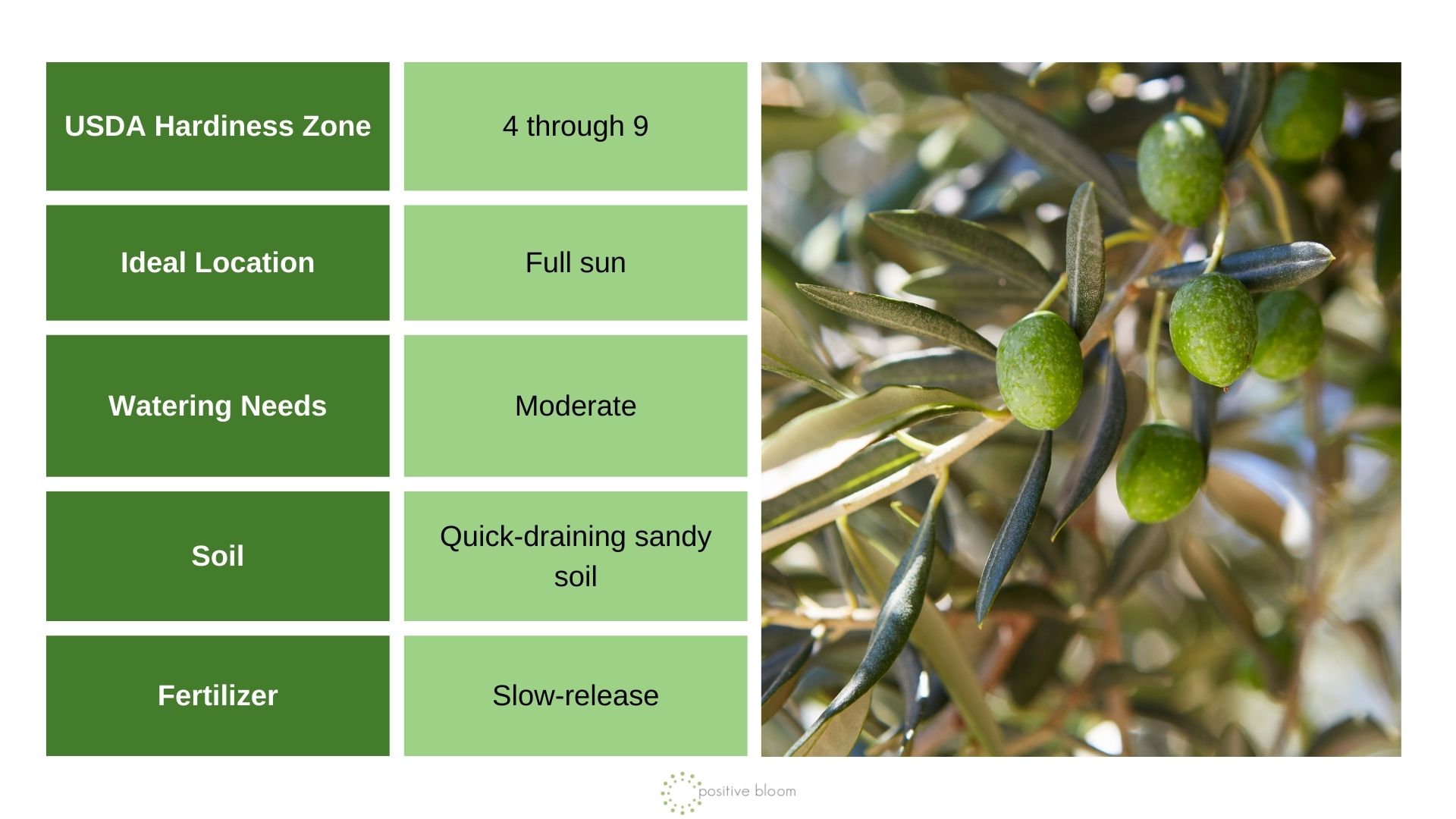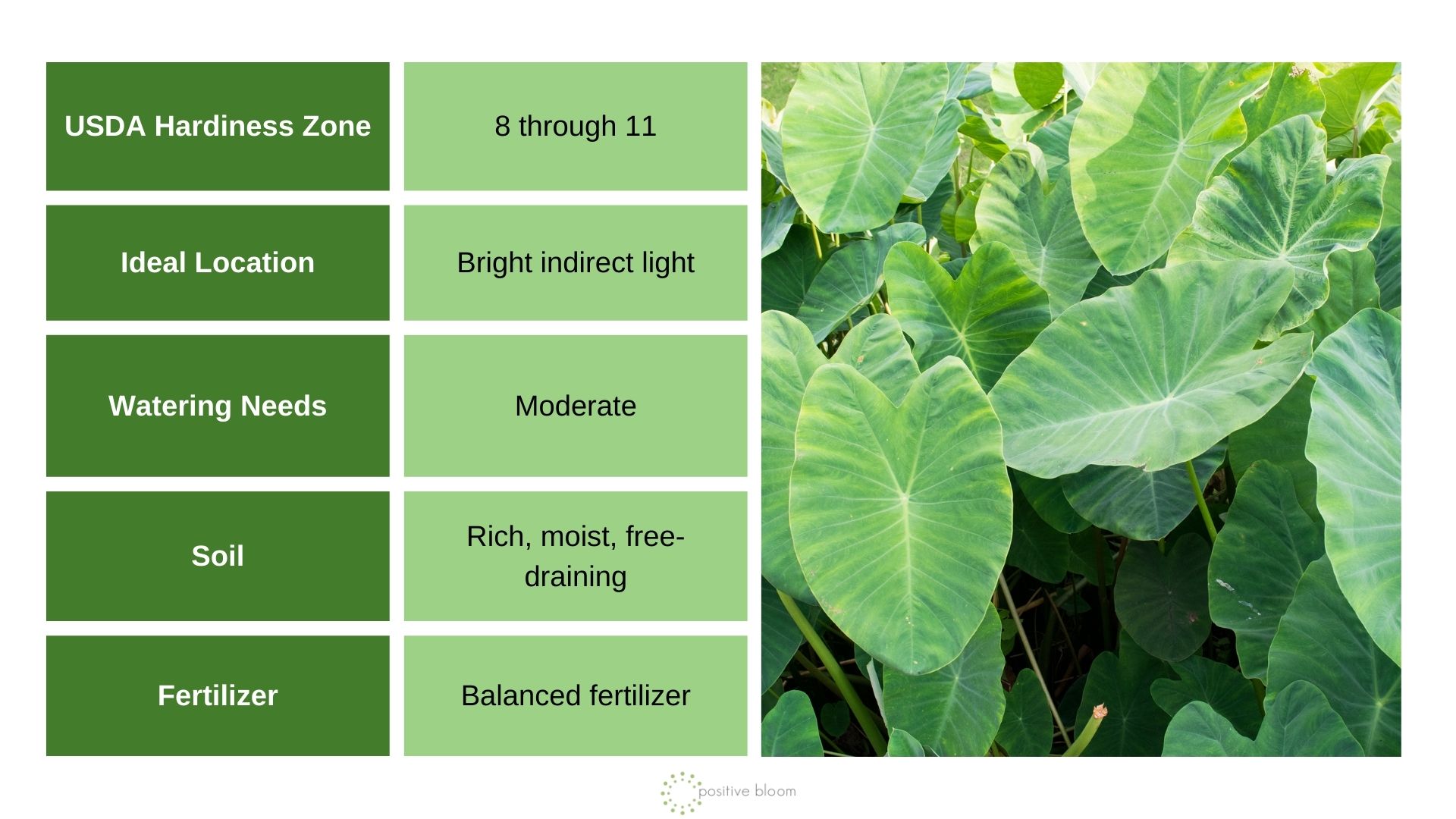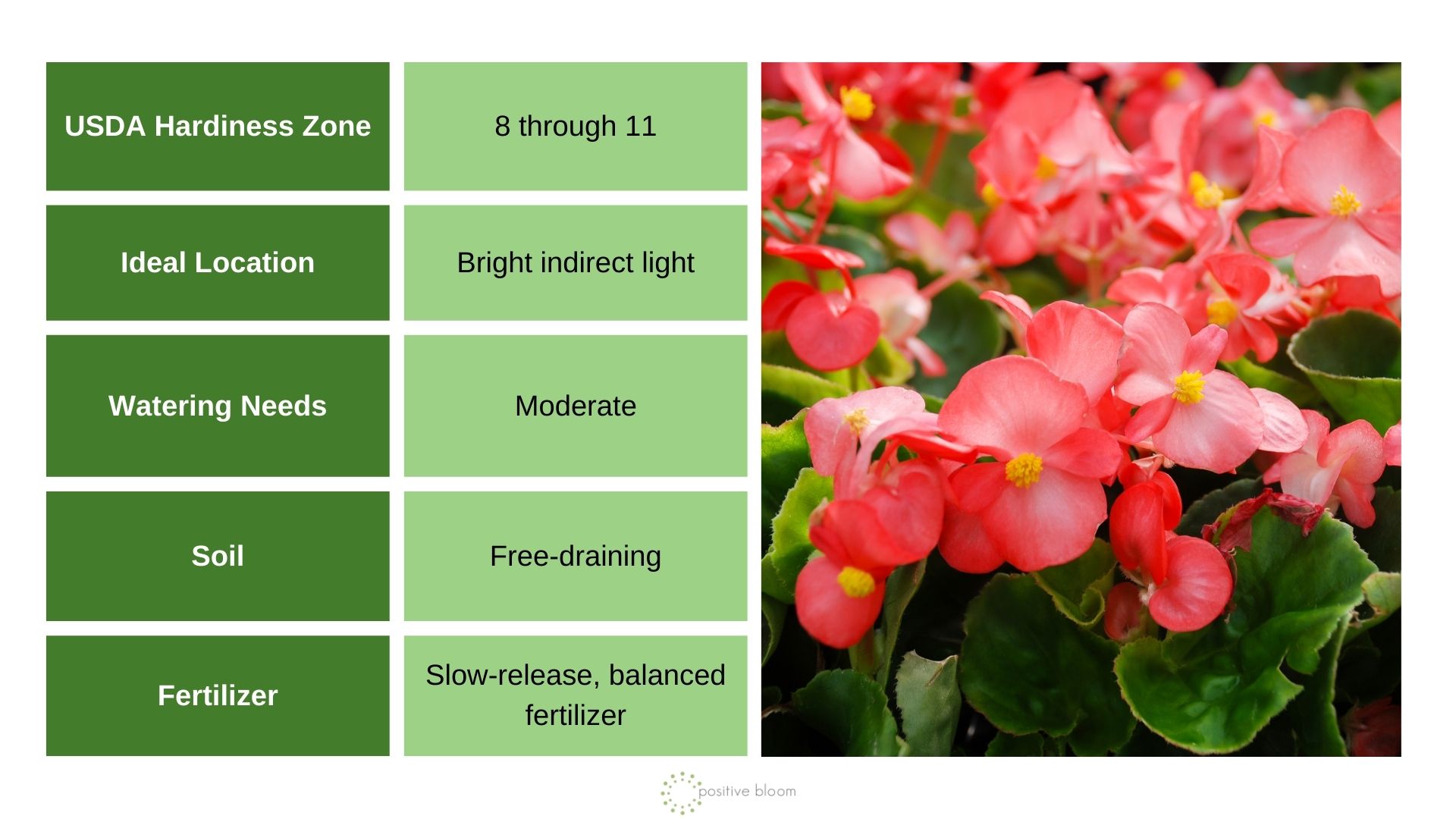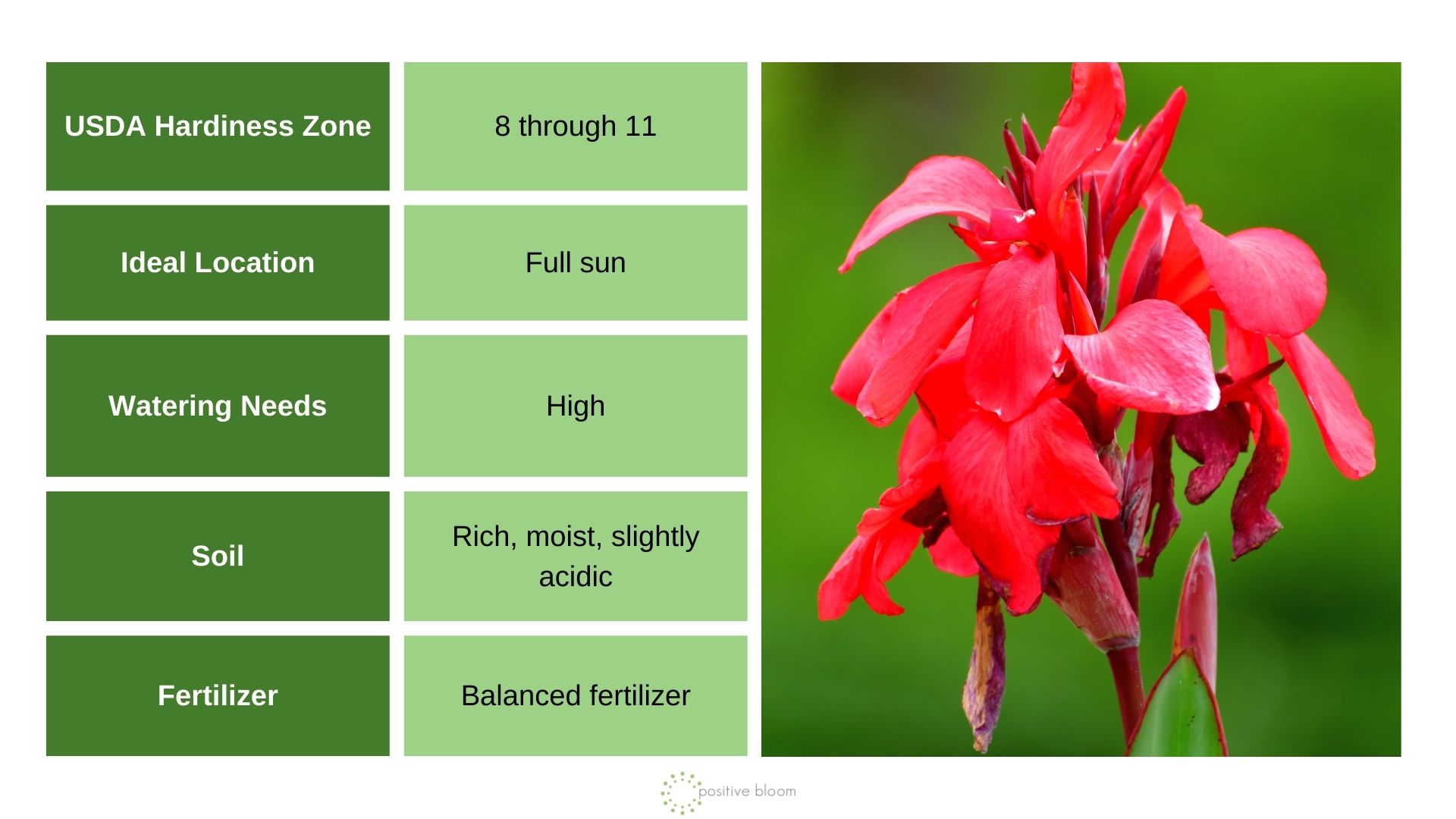Many growers love the tropical vibe in their outdoor gardens so they choose plants native to tropical regions. These plants do look amazing but you should know that they’re delicate and don’t tolerate cooler temperatures.
The best solution is to take such plants inside your home for overwintering. However, you should know the lowest temperatures your particular plants tolerate, i.e., their hardiness zones.
If you live in warmer zones, your plants may not need to be taken indoors. But if you live in climates with harsh winters, this is the only way to save your plants.
November is here and night temperatures are significantly dropping, which heralds the arrival of winter. In this article, I’ll show you some plants to bring indoors in November!
Let’s get started!
Tips For Preparing Plants For Indoor An Environment
It’s not advisable to just take a plant and put it inside your home. These plants are accustomed to outdoor conditions so it’s expected that they’ll go through shock.
But you can do something about it and help your plants adapt more easily. The first step is to move your plants to a shadier spot every day for a few hours. As you may know, light levels indoors are lower and this method will help them adjust easily.
The second step is inspection for pests or diseases. Pests are pretty common in outdoor settings and they can transfer to all indoor plants in your collection.
You should also cut back on watering your plants during this period, and there are two reasons for this. First, water evaporates slower in winter so your tropical beauties won’t lose moisture fast.
Second, plants don’t grow actively during colder periods so they don’t need much water and nutrients.
1. Ferns
When it comes to ferns, you should know that there are numerous varieties and some may not need to be transferred indoors.
However, if you grow evergreen ferns in containers, I recommend taking them indoors for overwintering.
Frost can easily affect the foliage and roots of your ferns, so they’ll be more susceptible to different issues.
Before taking your ferns inside your home, you should hose the leaves down and get rid of any insects if you notice them.
You can keep these plants somewhere in your home where it’s cool and dark. They’ll remain dormant over winter and you should only give them water once a month.
2. Olives
Even though these plants are native to warm regions, they may tolerate some cold. However, prolonged harsh conditions and freezing temperatures can have detrimental effects on the health of your potted olive trees.
Most growers keep their olive trees in containers year-round and, if you’re one of them, you should know that potted plants won’t tolerate cold as much as in-ground planted ones.
One of the best ways to protect your olives from harsh conditions is to take them indoors and find a sunny spot. You can keep them in a shady spot for about a week and then transfer them indoors to adapt easier.
If you can’t find a sunny spot, you should put your olive tree under artificial lights.
Those who live in regions that don’t experience prolonged periods of cold weather can wrap their olive tree pots in bubble wrap to protect them.
3. Dahlias
These plants are grown in-ground as perennials, except in harsh climates where some grow them as annuals.
Dahlias aren’t frost-tolerant, so if you live in zone 7 and below, you’ll need to lift the tubers and store them to overwinter.
It’s essential to remove the tubers from the ground after the first frost or when the leaves have blackened. After you take the tubers from the ground, you must dry them well and store them in a cool and dark place.
Don’t expose the tubers to warm temperatures because dahlias may sprout earlier than they should.
4. Elephant Ears
Many gardeners grow elephant ear plants indoors but they can thrive outdoors in warmer climates. The elegant, heart-shaped foliage adds a wonderful touch to any landscape design.
These plants are native to tropical regions and you can keep them in the ground year-round if you live in USDA zones 8 and above.
In all other zones, you’ll need to lift up the tubers and store them indoors for overwintering.
You should remove the tubers from the soil when temperatures drop down to about 40 degrees Fahrenheit. Be very careful when lifting them because any damage can lead to rotting in storage.
First, dry your elephant ear tubers, wrap them in paper, and place them in a dark room with a temperature range of 50-60 degrees Fahrenheit.
If you keep these plants in pots outdoors, simply transfer them indoors when temperatures drop and keep them as houseplants. And don’t forget to inspect them for pests or diseases before taking them inside!
5. Begonias
Overwintering begonias indoors is actually a common procedure because these plants aren’t frost tolerant. No matter if you keep them in containers or planted in your flower beds, the methods for overwintering are the same.
The first step is to cut back on watering your begonias in the fall and wait until the foliage turns yellow. This typically happens in November or December and signals you it’s time to lift the tubers.
Now cut the stems to approximately 5 inches above the soil line and lift your begonia tubers.
Take them indoors and let them dry for a few days at room temperature. Find a dark spot where temperatures range from 40 to 50 degrees Fahrenheit and inspect the tubers every now and then for rotting or pests.
6. Citrus Trees
The only way to grow citrus trees in cool climates is to protect them by taking them indoors. Oranges, lemons, and limes are sensitive to low temperatures and may be easily damaged.
If you live in milder climates, you can keep them outdoors during winter but protect them with burlap sacks or blankets.
It would be best to place your citrus trees in a warm room, preferably near a south-facing window.
The essential thing if you decide to grow citrus trees indoors is to keep them away from cold drafts and temperature fluctuations.
7. Cannas
If you need a heat-loving perennial, canna is the perfect plant for your garden. But you should know that these plants do not love cool temperatures and won’t survive harsh conditions.
You should lift them from the ground as soon as the temperatures drop down to 40 degrees Fahrenheit.
If you live in milder climates, you can leave your cannas in the ground if the soil is fast-draining and you cover it with a layer of mulch.
The leaves of your cannas will die back soon after blooming, then it’s time to cut them down to about 6 inches above the soil line. Gently lift the rhizomes and put them in containers filled with vermiculite or compost.
You can put the trays in frost-free rooms; unheated greenhouses or garages work well. You should keep the compost or vermiculite moist but make sure it’s never waterlogged.
As soon as the spring arrives, you can pot up your cannas and enjoy their splendid blossoms!
November is the perfect time to transfer your perennials indoors for overwintering. Just follow our guidelines and you’ll have thriving plants next season!

